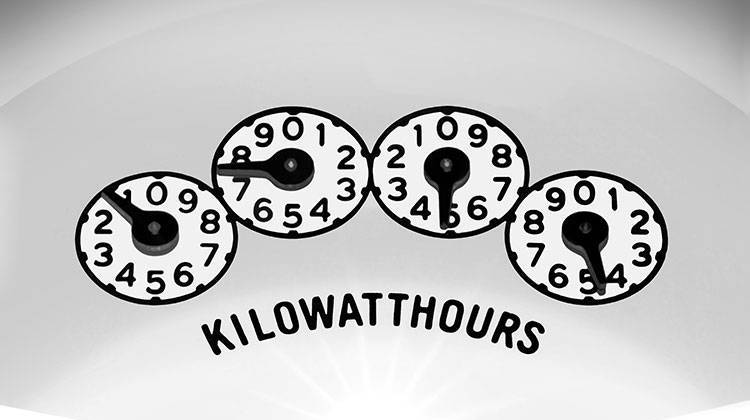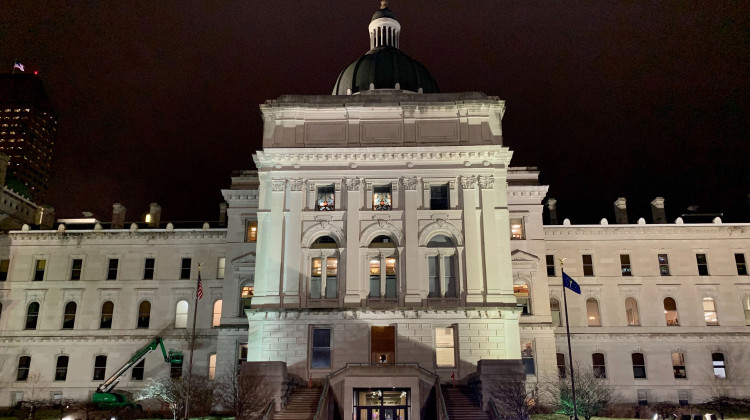Lawmakers say they stand by the decision to eliminate the state’s energy efficiency program known as Energizing Indiana, despite a report presented to a study committee Tuesday that says the program was providing millions in benefits.
Indiana Utility Regulatory Commissioner David Ziegner says the report shows that for every one dollar spent on the state’s energy efficiency programs, there were three dollars in benefits. Ziegner says if the program continued, the benefits wouldn’t be as large but notes in 2019, the state would spend more than $500 million dollars on energy efficiency while still creating more than $900 million in benefits. Ziegner says there are also rate increases that go along with energy efficiency.
“But what’s important to customers is there bills," he said. "The average bill decreases because usage declines more than rates increase.”
Indianapolis Republican Senator Jim Merritt says he’s concerned about the impact of rate increases on customers who can’t take advantage of enough energy efficiency measures to see a significant decline in usage. He says creating a new program that’s pro-ratepayer is the focus of the legislature.
“I think that we have a great opportunity for the utilities and for the administration and for the public to come together and have a good program that means something for everyone and also is achievable,” he said.
The five largest utilities in the state have already submitted plans to use their own energy efficiency programs for 2015.
 DONATE
DONATE









 View More Programs
View More Programs



 Support WFYI. We can't do it without you.
Support WFYI. We can't do it without you.